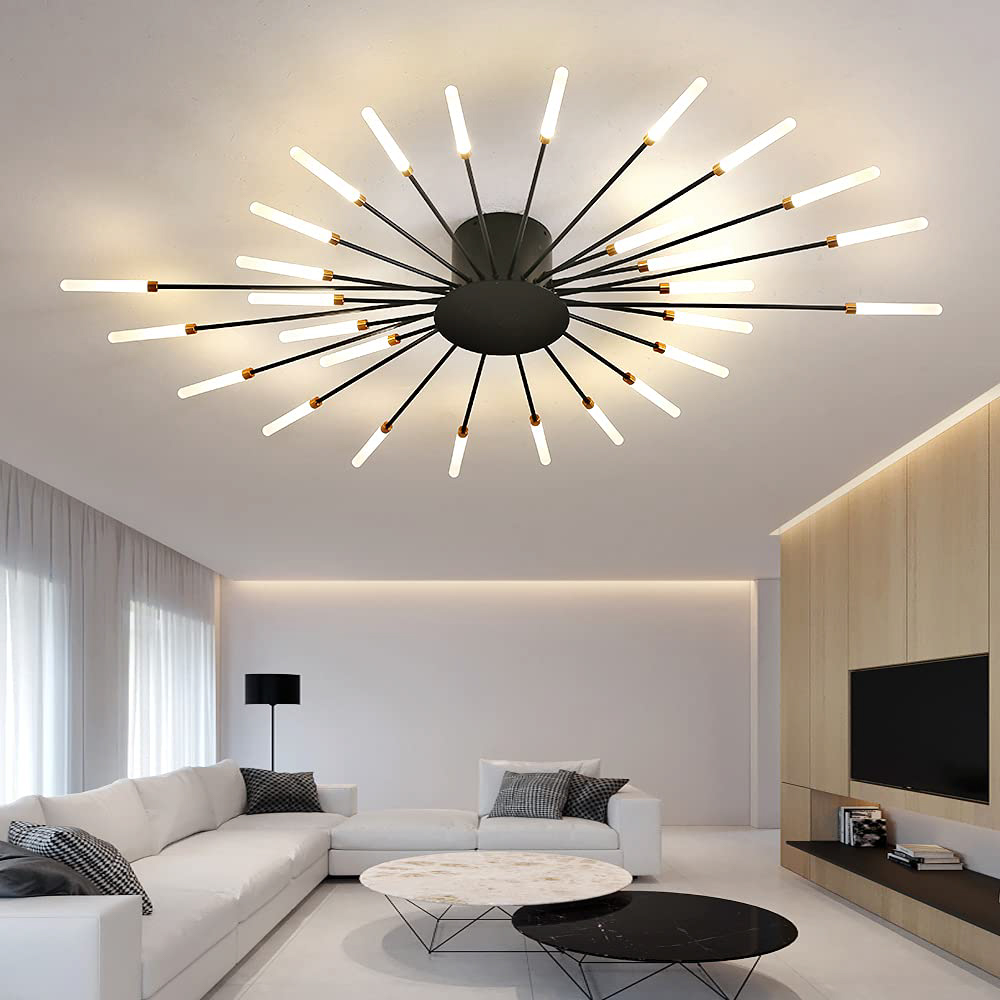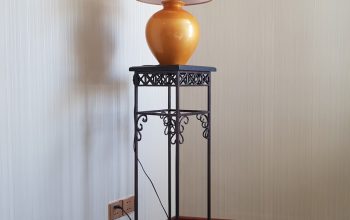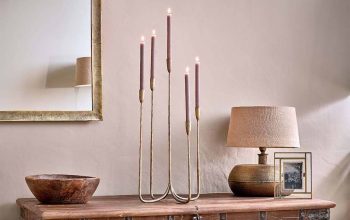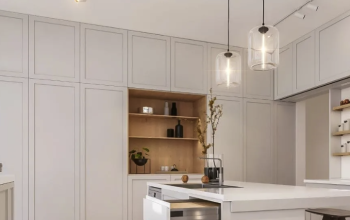The Importance of Lighting in Home Décor
Lighting plays a crucial role in the overall atmosphere of a living space. It can create different moods, highlight architectural features, and even affect our psychological well-being. Therefore, when designing or redecorating a home, it’s essential to consider the lighting elements, including the fixtures, bulbs, and shades. Among them, light shades are particularly significant, as they not only diffuse the light but also contribute to the overall look and feel of a room.
What Makes Light Shades Unique
The beauty of light shades lies in their versatility and diversity. Unlike other lighting components that are often uniform in shape or color, light shades come in endless forms, sizes, and patterns. They can be made of various materials, such as fabric, glass, paper, metal, or wood, and feature different textures, colors, and prints. From minimalist to eclectic, from rustic to modern, there’s a light shade that can match any style or personality.
Moreover, light shades offer a personalised touch to a room’s décor. They can showcase one’s taste, creativity, and character, as they can be DIYed, upcycled, mixed and matched, or simply chosen to reflect one’s mood or preference. Whether it’s a vintage chandelier with crystal droplets, a geometric pendant shade with LED bulbs, or a floor lamp with a woven basket shade, a unique light shade can be a statement piece that elevates the ambiance and adds personality to a home.
How to Choose a Unique Light Shade
When selecting a light shade, there are several factors to consider, such as the purpose, the size, the shape, and the material. Here are some tips to follow:
1. Decide on the Function
Before looking for a light shade, determine the primary function of the light fixture. Is it for ambient lighting, accent lighting, or task lighting? Different types of light shades perform different tasks, so you need to choose the right one that suits your needs. For instance, a drum shade or a globe shade is excellent for providing general or ambient lighting, whereas a spot shade or a directional shade is suitable for focusing light on a particular area or object.
2. Measure the Size
The size of the light shade should match the size of the fixture and the space. If it’s too small, it may look dwarfed and ineffective. If it’s too large, it may overwhelm the room and cause visual clutter. To determine the right size, measure the height and width of the fixture and consider the surrounding furniture and ceiling height. As a general rule, the diameter of the shade should be approximately two-thirds the diameter of the base.
3. Choose the Shape
The shape of the light shade can affect the mood and style of a room. A round or a square shade is timeless and versatile, while a conical or a bell-shaped shade has a vintage or a traditional vibe. A pendant shade can add a modern or an industrial touch, while a tapered or a cylinder-shaped shade can blend with any décor. Experiment with different shapes and see which one fits your taste and needs.
4. Consider the Material
The material of the light shade can determine its texture, color, and durability. A fabric shade can provide a soft and warm glow, while a glass or a crystal shade can reflect and refract light for a sparkling effect. A metal or a wood shade can add an earthy and rustic feel, while a plastic or a paper shade can offer a playful and affordable option. Consider the maintenance and upkeep of each material before making a choice.




